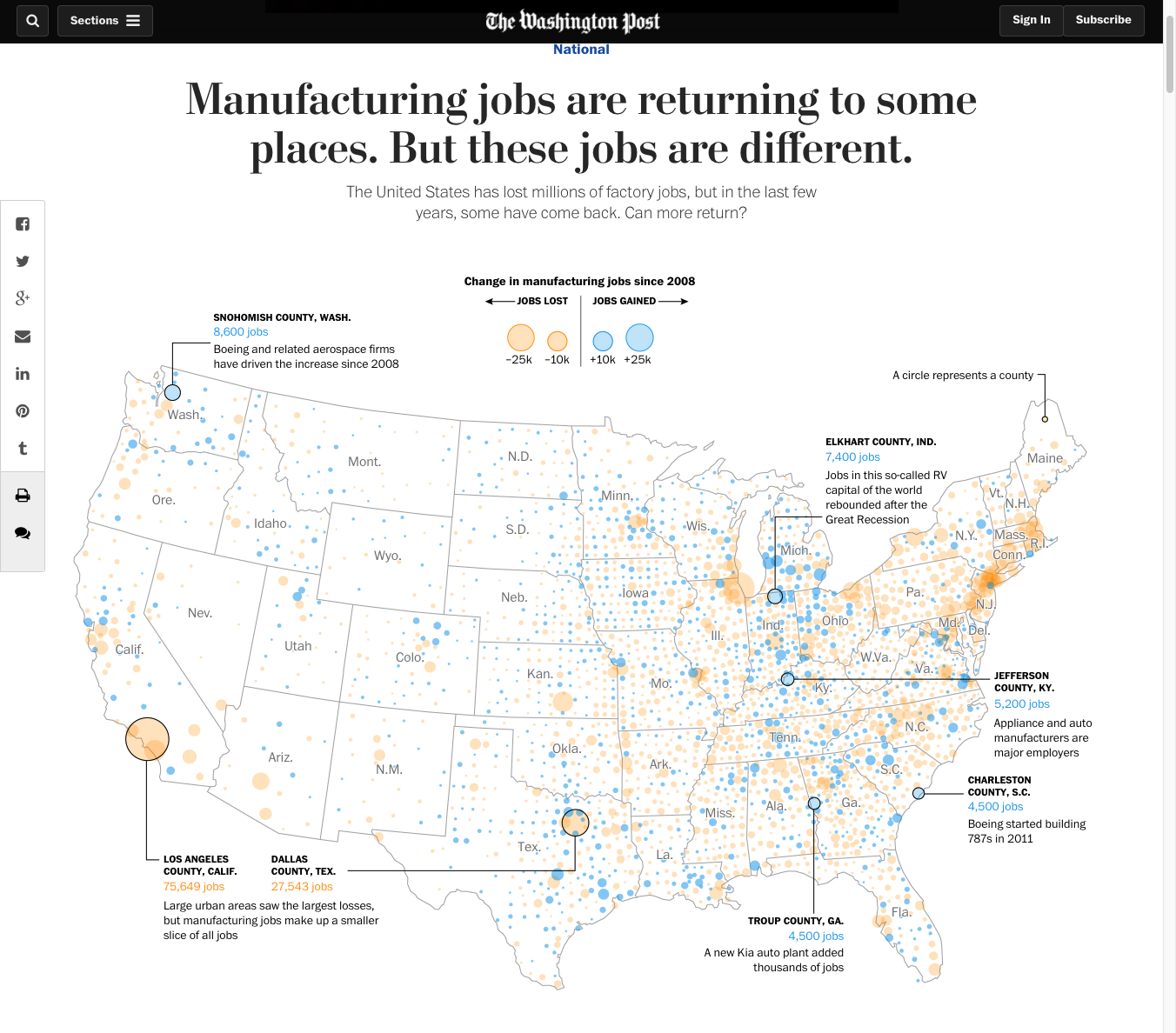
There are many types to choose from, but which one would be best for your company? Learn more about Continuous manufacturing, Process manufacturing and Job shop manufacturing. Each type has its own advantages and disadvantages. This article will detail the differences in these four types. You can choose the best model for your business based on your industry, location, and product type. Once you decide which type is best for your company, you'll need to consider your sales, production, and quality control.
Discrete manufacturing
Discrete manufacture is a manufacturing process that produces distinct products. These products include automobiles, toys, and aeroplanes. Discrete manufacturing allows companies the freedom to concentrate on specific products rather than mass production. By integrating multiple manufacturing processes, discrete manufacturing allows you to create unique parts for your aircraft. Discrete manufacturing is a popular way to manufacture high-tech items.
Discrete manufacturing produces distinct items. Instead of producing many identical products discrete manufacturing creates items that are easily identifiable by serial numbers and labels. For example, a smartphone could be composed of several parts that were manufactured in different states. Each part is assembled only after the final product has been sold. The same is true for the smartphone's case. It may include parts from multiple plants, including the Missouri headquarters.
Manufacturing process
The term process manufacturing is a branch in manufacturing that involves formulas and recipe. The term process manufacturing is not the same as discrete manufacturing. This refers to manufacturing that involves individual units, bills or materials and the assembly of component parts. Because of this, they have very different manufacturing goals. Each method is vital to the manufacturing process. Here are three different ways to distinguish process manufacturing and discrete production. Let's have a look at them all.
Batch process manufacturing is similar in many ways to continuous process manufacturing. However, it uses larger quantities and runs continuously. Batch process manufacturing can be found in paper production, pharmaceuticals, bookbinding, newspaper printing, and other industries. This method is not suitable for all industries. For smaller businesses, it can be too expensive and complex. This method is used by most companies when they need large quantities of the exact same product.
Factory job shop

Job shop manufacturing is a small-scale system of production that specializes in custom, batch, and semi-custom manufacturing. Once each job is done, the job shop system can move onto the next. This method of production is also called lean manufacturing, as a single-shift operation is more efficient than many other methods. Here are some benefits of job shop manufacturing. You can read on to learn about this type of manufacturing. You might consider this for your service or product needs.
First, job shops need to be more efficient. Integrating new manufacturing methods is essential to achieve a lean manufacturing process. These principles apply to high-volume operations as they emphasize quality control, just-in time production, and are very relevant. By adopting new manufacturing principles, a job shop can increase productivity while lowering costs at the same time. Each job must be done one at a given time. There should not be any waiting.
Continuous production
Continuous manufacturing allows for flexible tracking which is one of the greatest advantages. This is especially important when it comes to product defect detection. The quantity of raw material and the time stamp can be used to determine if a batch is defective. This allows the manufacturer to reduce waste and minimize the possibility of a product shortage by allowing for better tracking. The pharmaceutical industry is increasingly using continuous manufacturing.

Although continuous manufacturing has many benefits, implementation can be difficult. Implementation can be difficult because the process is not fully integrated within the company. Regardless of the benefits, continuous manufacturing has the potential to be a game changer for the pharmaceutical industry. However, continuous manufacturing must be integrated with continuous flow and end-to-end integration in order to be successful. Continuous manufacturing has long been recognized in the pharmaceutical industry, but its implementation has been slow.
FAQ
What is the best way to learn about manufacturing?
Practical experience is the best way of learning about manufacturing. You can read books, or watch instructional videos if you don't have the opportunity to do so.
What are the products and services of logistics?
Logistics refers to all activities that involve moving goods from A to B.
These include all aspects related to transport such as packaging, loading and transporting, storing, transporting, unloading and warehousing inventory management, customer service. Distribution, returns, recycling are some of the options.
Logisticians ensure that products reach the right destination at the right moment and under safe conditions. Logisticians assist companies in managing their supply chains by providing information such as demand forecasts, stock levels and production schedules.
They monitor shipments in transit, ensure quality standards, manage inventories, replenish orders, coordinate with suppliers and other vendors, and offer support services for sales, marketing, and customer service.
Why automate your warehouse
Modern warehousing has seen automation take center stage. The rise of e-commerce has led to increased demand for faster delivery times and more efficient processes.
Warehouses need to adapt quickly to meet changing needs. Technology is essential for warehouses to be able to adapt quickly to changing needs. Automating warehouses has many benefits. These are just a few reasons to invest in automation.
-
Increases throughput/productivity
-
Reduces errors
-
Increases accuracy
-
Safety increases
-
Eliminates bottlenecks
-
Allows companies to scale more easily
-
It makes workers more efficient
-
Gives you visibility into all that is happening in your warehouse
-
Enhances customer experience
-
Improves employee satisfaction
-
This reduces downtime while increasing uptime
-
Quality products delivered on time
-
Removes human error
-
Assure compliance with regulations
Statistics
- Many factories witnessed a 30% increase in output due to the shift to electric motors. (en.wikipedia.org)
- Job #1 is delivering the ordered product according to specifications: color, size, brand, and quantity. (netsuite.com)
- According to the United Nations Industrial Development Organization (UNIDO), China is the top manufacturer worldwide by 2019 output, producing 28.7% of the total global manufacturing output, followed by the United States, Japan, Germany, and India.[52][53] (en.wikipedia.org)
- You can multiply the result by 100 to get the total percent of monthly overhead. (investopedia.com)
- (2:04) MTO is a production technique wherein products are customized according to customer specifications, and production only starts after an order is received. (oracle.com)
External Links
How To
How to use 5S in Manufacturing to Increase Productivity
5S stands as "Sort", Set In Order", Standardize", Separate" and "Store". Toyota Motor Corporation created the 5S methodology in 1954. It assists companies in improving their work environments and achieving higher efficiency.
The idea behind standardizing production processes is to make them repeatable and measurable. This means that tasks such as cleaning, sorting, storing, packing, and labeling are performed daily. Through these actions, workers can perform their jobs more efficiently because they know what to expect from them.
There are five steps to implementing 5S, including Sort, Set In Order, Standardize, Separate and Store. Each step has a different action and leads to higher efficiency. For example, when you sort things, you make them easy to find later. You arrange items by placing them in an order. Next, organize your inventory into categories and store them in containers that are easily accessible. Finally, label all containers correctly.
This requires employees to critically evaluate how they work. Employees need to understand the reasons they do certain jobs and determine if there is a better way. In order to use the 5S system effectively, they must be able to learn new skills.
In addition to increasing efficiency, the 5S method also improves morale and teamwork among employees. Once they start to notice improvements, they are motivated to keep working towards their goal of increasing efficiency.